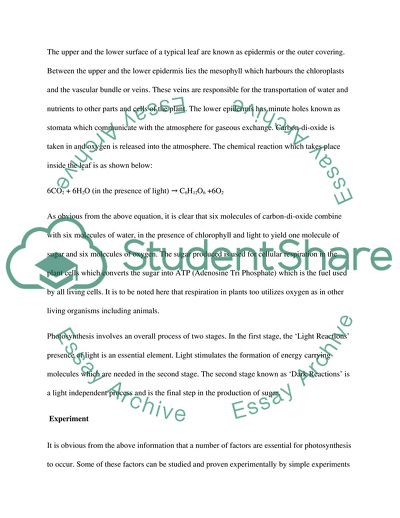Cite this document
(Photosynthesis Research Paper Example | Topics and Well Written Essays - 1500 words, n.d.)
Photosynthesis Research Paper Example | Topics and Well Written Essays - 1500 words. https://studentshare.org/environmental-studies/1720616-photosynthesis
Photosynthesis Research Paper Example | Topics and Well Written Essays - 1500 words. https://studentshare.org/environmental-studies/1720616-photosynthesis
(Photosynthesis Research Paper Example | Topics and Well Written Essays - 1500 Words)
Photosynthesis Research Paper Example | Topics and Well Written Essays - 1500 Words. https://studentshare.org/environmental-studies/1720616-photosynthesis.
Photosynthesis Research Paper Example | Topics and Well Written Essays - 1500 Words. https://studentshare.org/environmental-studies/1720616-photosynthesis.
“Photosynthesis Research Paper Example | Topics and Well Written Essays - 1500 Words”. https://studentshare.org/environmental-studies/1720616-photosynthesis.


